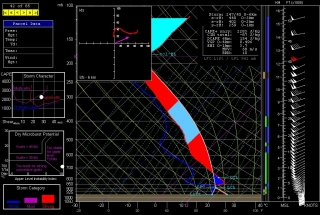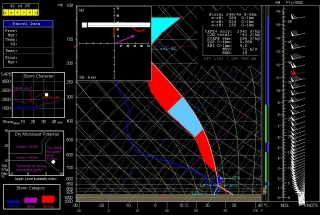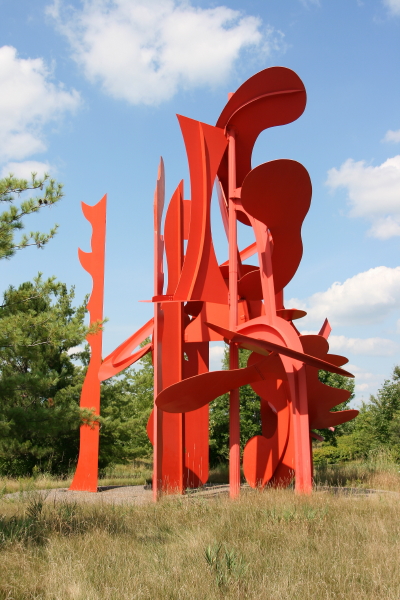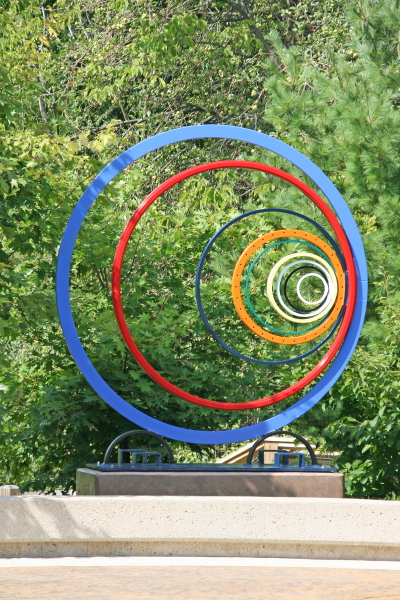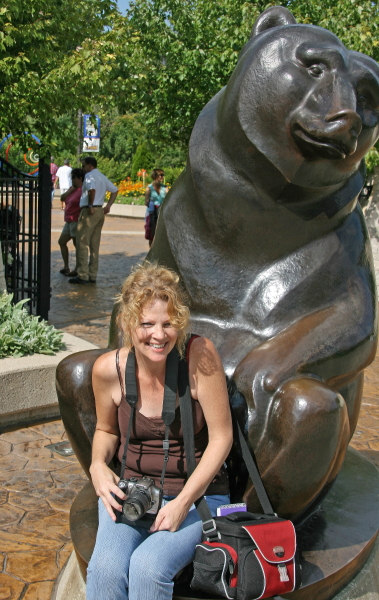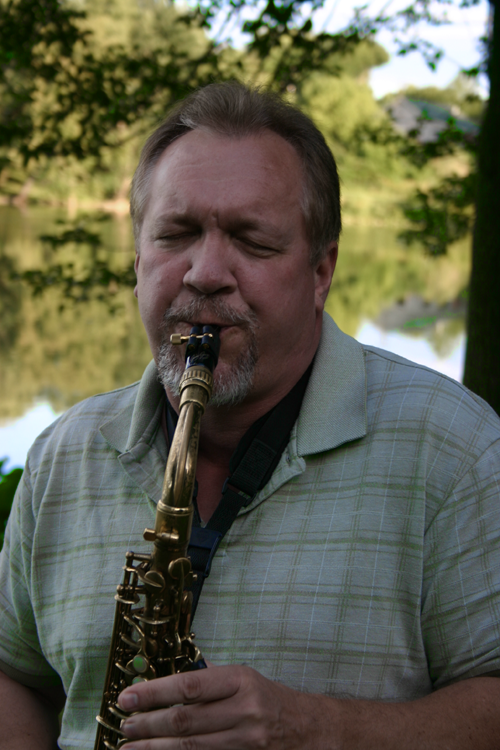Finally…the grunt work is done. I’m pleased to announce that today I finished keying in the last of the patterns and licks in my “Giant Steps” practice book. Not only so, but I completely revised the introduction and wrote a new section of “Preliminaries and Practice Tips.”
Preparing “The Giant Steps Scratch Pad” for publication has been a longer haul than I had anticipated, but the extra time and effort I’ve invested have produced a much better product. And in the process of transcribing it using MuseScore notation software, I’ve had ample opportunity to better consider my options for self-publishing.
“The Giant Steps Scratch Pad” will be available in C, Eb, Bb, and bass clef editions. I’m now weighing the pros and cons of print versus electronic editions and the feasibility of offering both. Whatever I decide, the hardest part is now behind me (knock on wood). I still need to figure out how to merge my text and music score files into a single document, and I need to create a cover, and I need to set up an online store. But the book in its essence now exists in a format that is a huge improvement over the scanned, handwritten material I had initially envisioned as an e-book.
Bottom line: If you’ve ever wanted to build the chops needed to play John Coltrane’s tune “Giant Steps,” this book will help you immensely.
Continuing on in the spirit of shameless self-promotion–hey, it’s my blog, and I get to do this sort of thing!–I thought I’d share the “Preliminaries” part of the section titled “Preliminaries and Practice Tips.” You know, just to whet your whistle, start a little buzz, put a bug in your ear, that kinda thing. I think you’ll find this little writeup interesting, maybe even enlightening, possibly even useful:
“The Giant Steps Scratch Pad” is straightforward. It’s about building your chops for Coltrane changes. Still, there are a few things you’ll want to keep in mind.
“Giant Steps” cycles through three key centers spaced a major third apart. The tune is written in B concert (if you can really pin it to a single key), and it takes you through the keys of B major, G major, and Eb major. A quick glance will tell you that the notes B, G, and Eb (D# enharmonically) spell out a B augmented triad.
Formally, the tune consists of two eight-bar sections in an A-B format. Each section has its unique hallmarks:
* The A section can be distilled into a series of V7–I cadences that descend by major third, thus: F#7–BMaj7, D7–GMaj7, Bb7–EbMaj7. Simple enough, except that Coltrane had the audacity to insert a bar line in the middle of each cadence. So instead of a nice, perfectly symmetrical treadmill of chord changes, you wind up with this awkward roller-coaster: BMaj7–D7, GMaj7–Bb7, EbMaj7–F#7.
* The B section is essentially a series of two-bar ii–V7–I cadences that ascend by major third. But of course, once again Coltrane complicates a simple thing by beginning each two-bar phrase with a major chord, then in the following bar modulating abruptly to the ii–V7 of the next key. In other words, the chord series Am7–D7–GMaj7, C#m7–F#7–BMaj7, Fm7–Bb7–EbMaj7, becomes EbMaj7–Am7–D7, GMaj7–C#m7–F#7, BMaj7–Fm7–Bb7.
In a nutshell, “Giant Steps” was John Coltrane’s way of tweaking simple, essential musical formulae in a way that has had jazz musicians stubbing their toes ever since.
Just remember: The A section of “Giant Steps” descends by major thirds through three keys, and the B section ascends by major thirds through those same keys. Got it? Good. With that conceptual foundation in place, here are a few pointers for practicing…
I’ll close with that cliffhanger. Can’t you just feel the tension? You want to know my “Giant Steps” practice tips, don’t you. I can just tell. Don’t worry, you can find out all about them once the book is released. So stay tuned, jazz campers. A little more work and then I’ll look forward to announcing publication.
